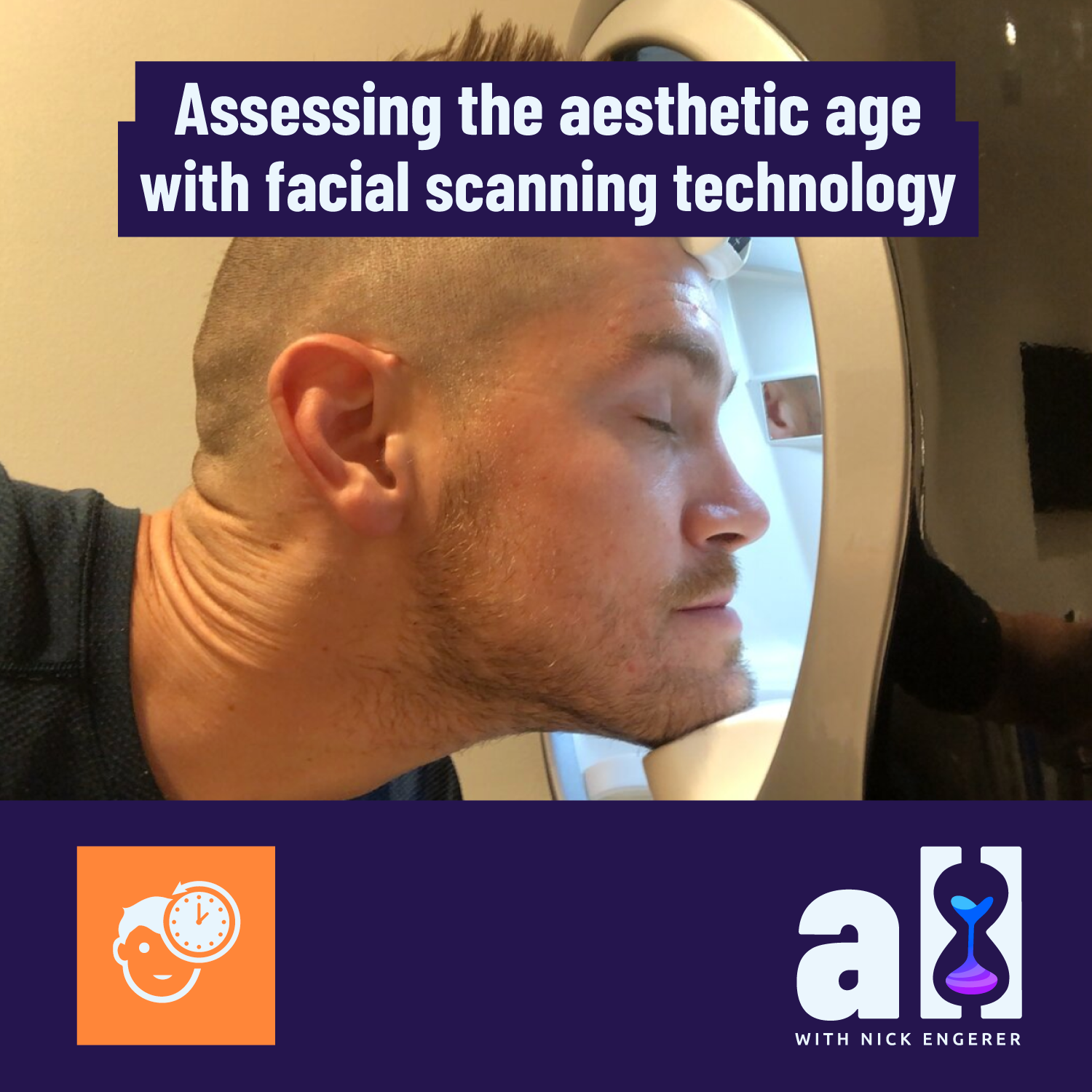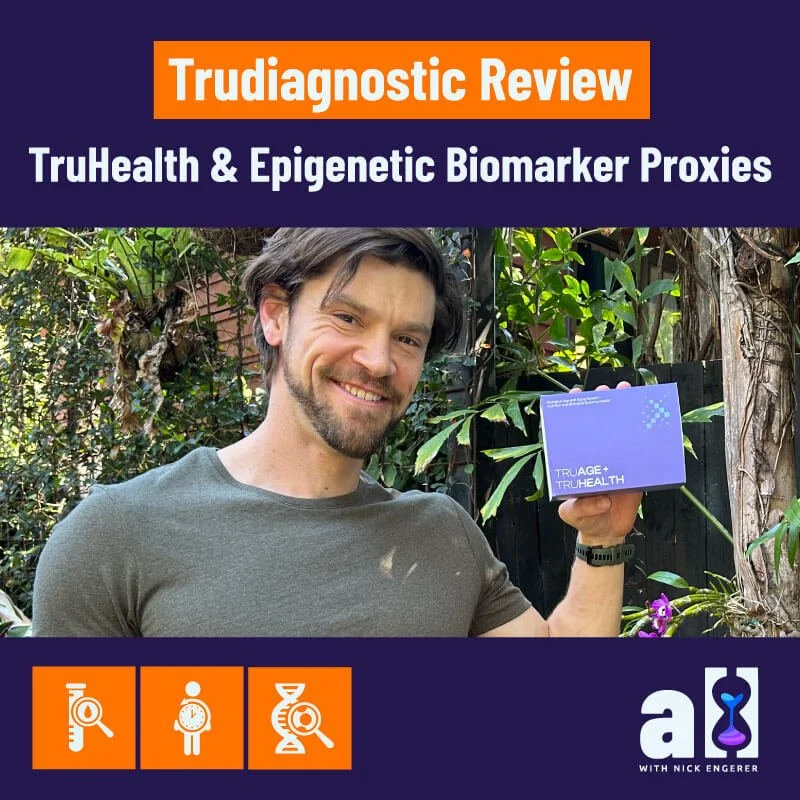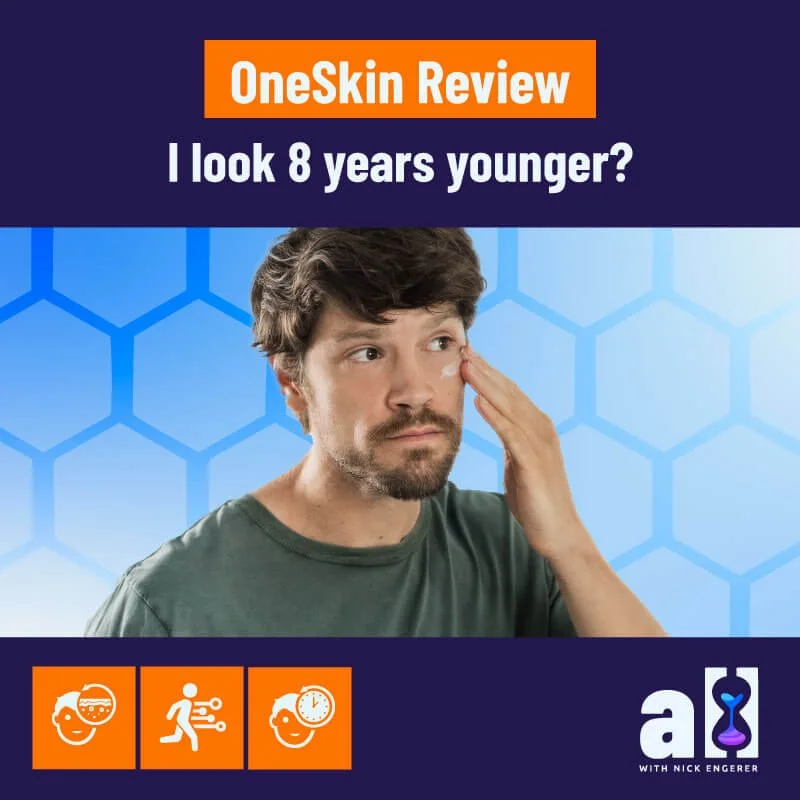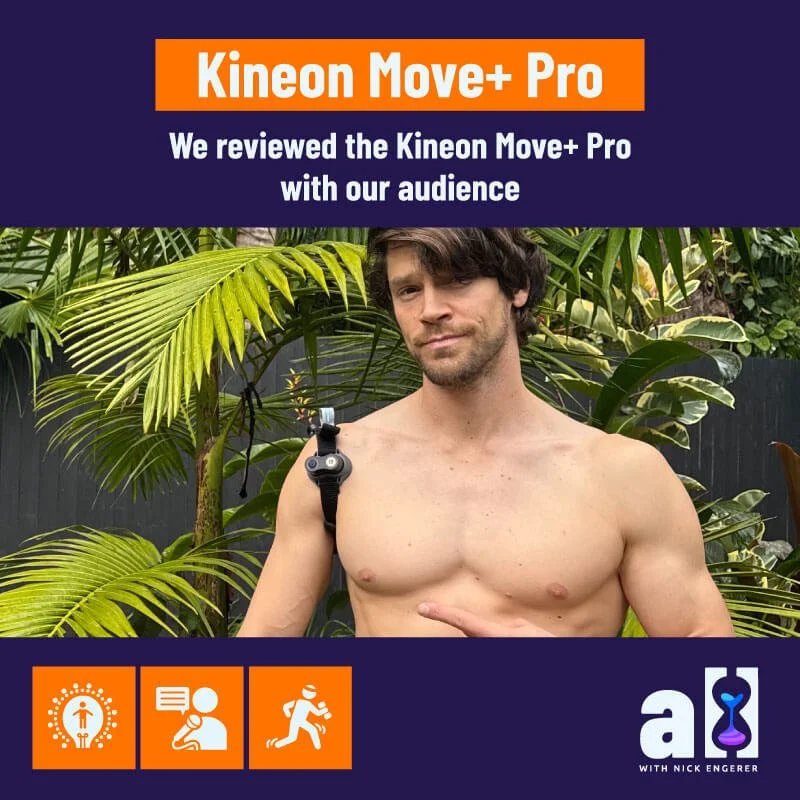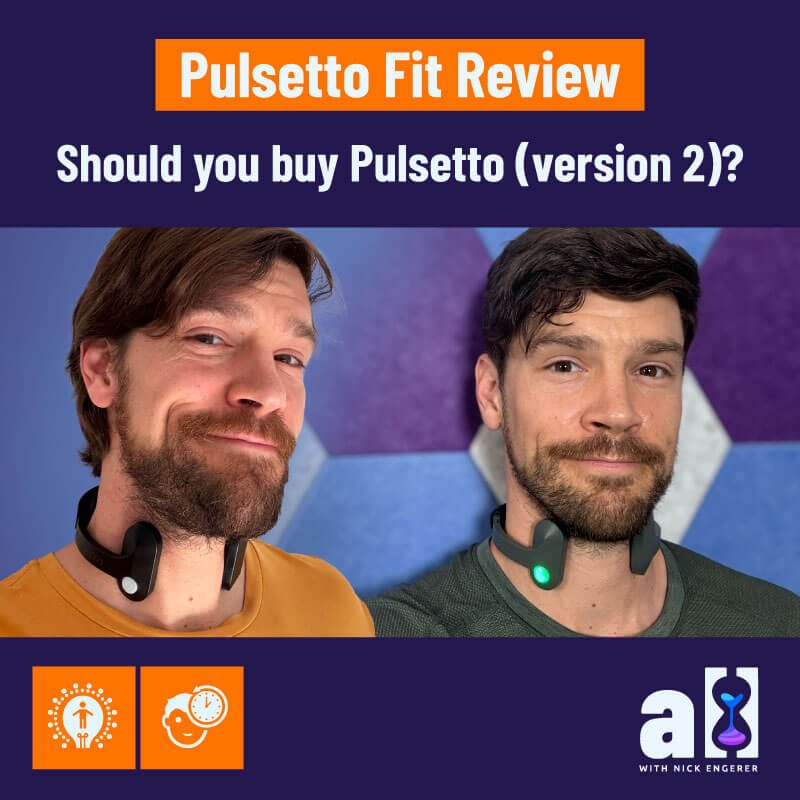Assessing the aesthetic age with advanced facial scanning technology
How old you ‘look’ is about far more than vanity
In my last post, I shared three online tools for assessing your biological age. In this follow-up post, I want to discuss another segment of technologies, related to assessing one’s apparent youthfulness. This refers to how old one ‘looks’. In my last post on this topic, I coined the term aesthetic age, so let’s roll with it.
How old you look has MUCH more to it than simple vanity. I know from personal experience that many people who utilise available technologies to look younger often will keep their efforts to do so relatively secretive, in order to avoid the negative stigma that has become attached to it. “Oh, she’s definitely had work done”, is a typical example that highlights the stigma I refer to.
But your apparent youthfulness is an professional asset, and does wonders for your subjective experience through boosted confidence and increased self-image. You need do nothing more than ask someone in your life who bears the marks of old age in their face to describe their experience venturing out into the world on a day to day basis. Many of them will tell you they ‘feel invisible’, receive poorer levels of service in the retail and restaurant industry, and miss the days of being attractive to members of the opposite (or same!) sex.
Beauty that is skin deep
There are many factors that regulate of one’s aesthetic age, and it can be difficult to find an objective measure of how old one looks. I previously shared how I like to turn the question ‘how old are you’ into a game of ‘well, how old do I look?’, getting a median guess of ~27 years old. This is one useful way of forming a statistical approach to the question, as in my experience the results form a relatively neat gaussian distribution.
But as a scientist, I crave something more data driven - and that’s what inspired my latest visit to NextHealth in West Hollywood. Last November during my first visit to NextHealth I learned about an incredible piece of technology for assessing your aesthetic age - the Visia. This unit utilises multispectral (including UV spectrum) imagery to look deep into the skin of your face for clues about its health. To complete the scan, you place your chin and forehead into the unit, and hold still while a series of 3 flash photography images are taken, and submitted to the Skin Analysis System’s algorithms. But let’s let the expert (Matthew at NextHealth) explain it…
The scan took only a few seconds, here is what it looked like
How old is my face?
Visia scan results through eight different actionable categories
The results came quickly, and thankfully, pegged me a bit under my actual age (34) with an aesthetic age of 31. This is much older than my biological age of 22 years old, so while it is a relatively youthful result - I’d like to know how I can do better! (If you’re interested, you can listen to Matthew describe my results here)
This is one of the things I LOVE about NextHealth. They, like me, are obsessed with optimising human performance. In the 30 minutes following my scan, Matthew diligently and patiently answered my many questions about how I can work to improve the apparent youthfulness of my skin.
Here are two areas of action I will be experimenting with improve my aesthetic age before my next Visia scan.
UV damage
I live in Australia, where the sun’s ultraviolet rays are known to be extra intense (thanks Ozone hole!), and the relative rates of skin cancer are roughly double most other areas of the world. In fact, roughly 2 in 3 people will get some form of skin cancer by the age 70. I’d very much like to be in the 1/3 that doesn’t!
The Visia scanner was able to highlight the need for me to take much more care with my facial sunscreen routine, and search out proactive solutions for reducing my UV spots. One great option is the Broadband Light (BBL) lasering, which focuses an intense beam of light energy into the skin of the face can destroy these spots and quite literally reverse the age of your skin.
I’m definitely going to be trying this out in the near future! And of course, I’ll share the experience with you :)
 |
Wrinkles
Wrinkles in the skin can be addressed in several ways, but I’m relatively uninterested in the ones that cannot lead to a lasting difference (e.g. creams that plump your skin or wrinkle-fillers or makeup, etc). So far, there are two options that I am experimenting with:
1) Retinol
Before (Left) and After (+ 6 weeks at 2% retinol daily)
Prior to the Visia scan, I had actually run a 6 week retinol experiment on the skin surrounding my eyes. Maybe that has already led to me appearing younger than my 34 years, given I look 31!
By applying a 2% retinol (which is actually just the active form of Vitamin A), I accelerated the turnover of the cells on the top layer of my skin, bringing a more youthful layer to the surface. I found it difficult to capture the difference meaningfully on my iPhone camera, but I did take some before & after photos. IRL (that’s “In Real Life” for the less hip crowd) the results were quite obvious. My ‘crow’s feet’ had receded, and the skin around my eyes was visibly less wrinkled. I plan to continue my use of retinol, increasing the concentration of the serum to at least 4%.
2) Botox
If you’re like me, you are likely very skeptical of the benefits of botox injections. I was under the impression that they were merely a temporary fix, would leave your face expressionless and that botox will make your wrinkles worse if you stop the injections.
Upon further research and consultation, I found none of these things are actually true. But what is important to note is that there are a variety of factors that go into a successful treatment regimine that will actually have a meaningful impact on your aesthetic age.
First - while botox might help you look more youthful in the short-run, it really should be viewed as a way of ‘maintaining aesthetic age’ rather than turning back the clock. Creases and wrinkles in your face are slowly deepened over time by long-term repetitive use (think of folding a piece of leather over and over and over…). Botox fill reduces this repetitive strain on your skin.
Second - botox injections are more of an ‘art’ than a strict science. Seeking out someone who is experienced, can demonstrate skilled results through testimonials and has an absence of bad reviews to their name is a must.
Third - consistency is key. It takes awhile to work out the right strategy for achieving the results you’re after, and if you’re not willing to put up the budget to keep the practice up for the long-haul, you might be better off not trying this one at all.
I’m currently in the research phase with the botox option on my end, so stay tuned and I’ll be sure to share any self-experimentation I undertake with botox.
How can you access this technology?
My first Visia scan and consultation with NextHeath were complimentary - so if you live in LA or have any travel plans through the area, your first choice is obvious!
However if you’re not in LA, it is very likely that you can find a local aesthetic care facility that has a Visia unit, as they are relatively popular. I am currently writing to you from San Antonio, and a quick internet search revealed at least two options. I even tested the capital cities of Australia and found locations there as well. A simple Google of “Visia scan near me” seems to be a handy approach. The Canfield Science (Visia’s manufacturer) website lists distributors in North America, Central America, South America, Europe, Middle East, Asia, Oceania and even Africa!


